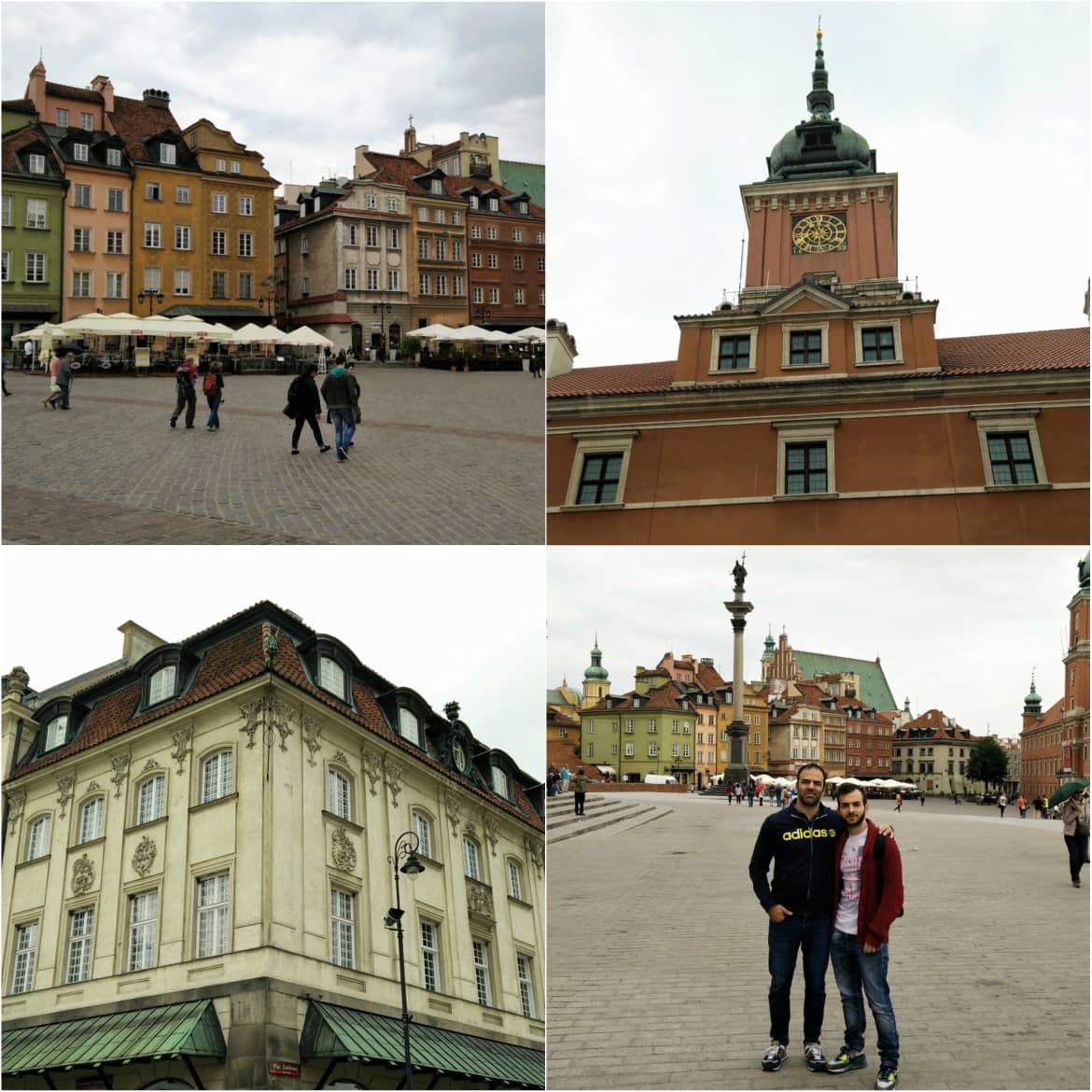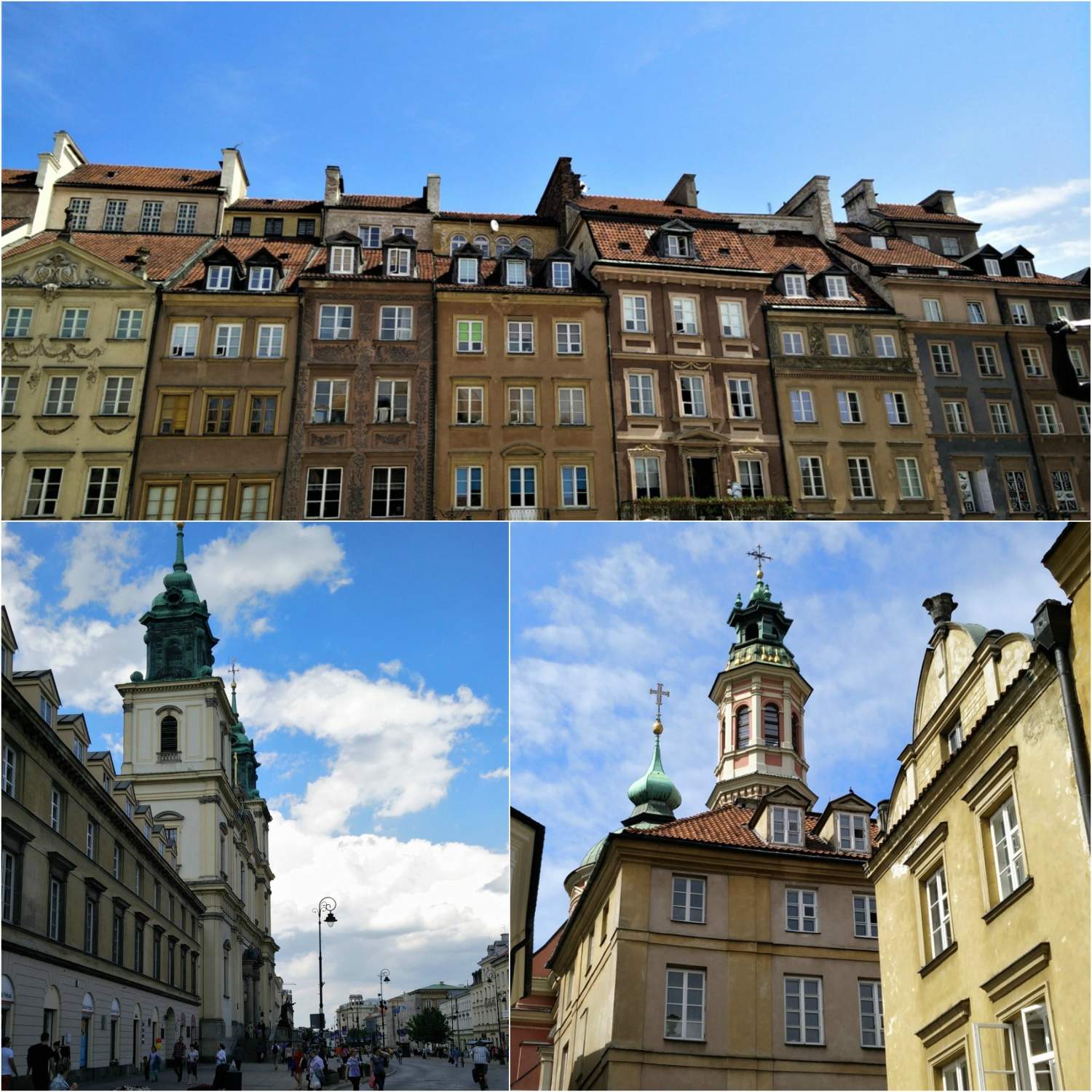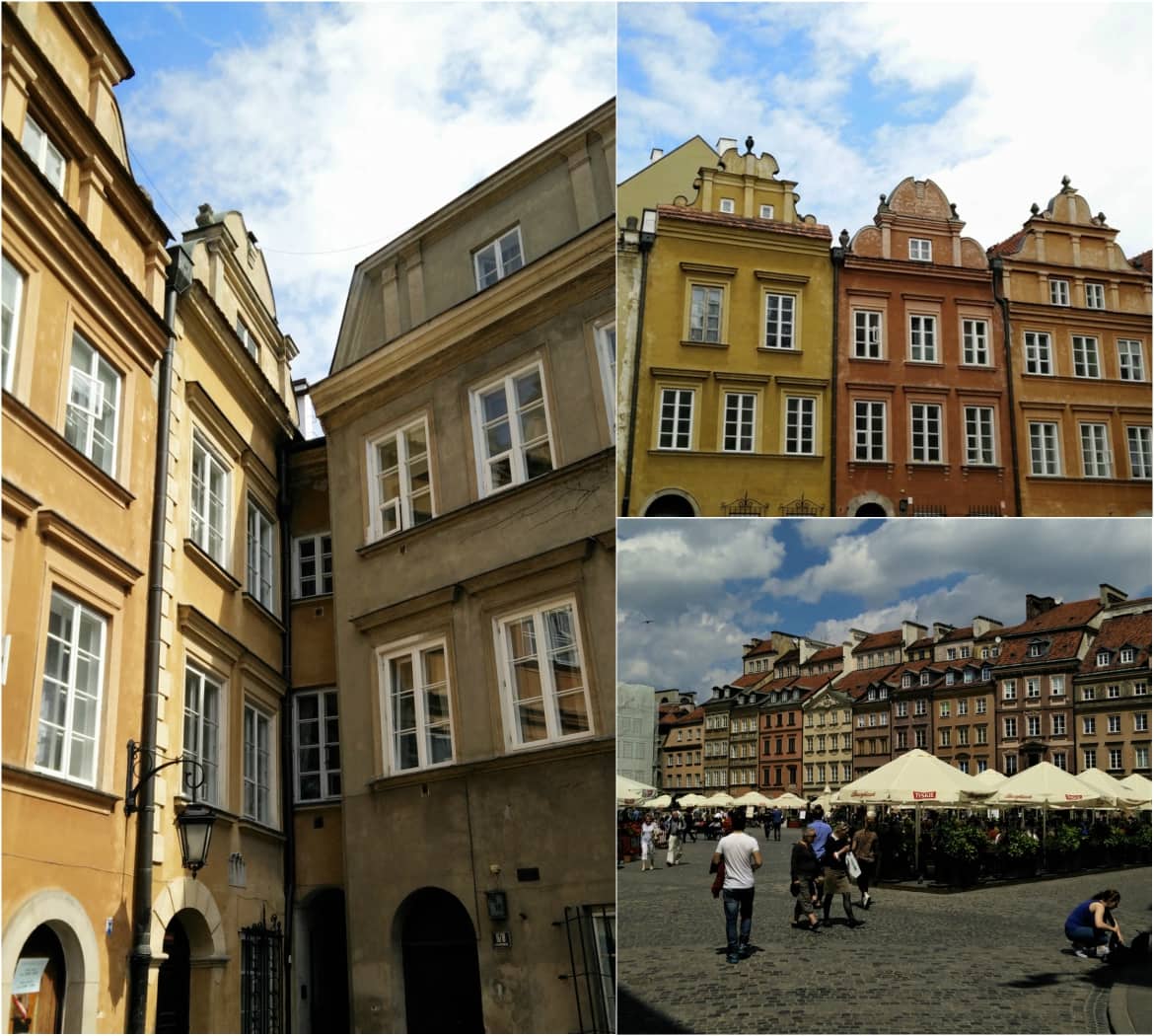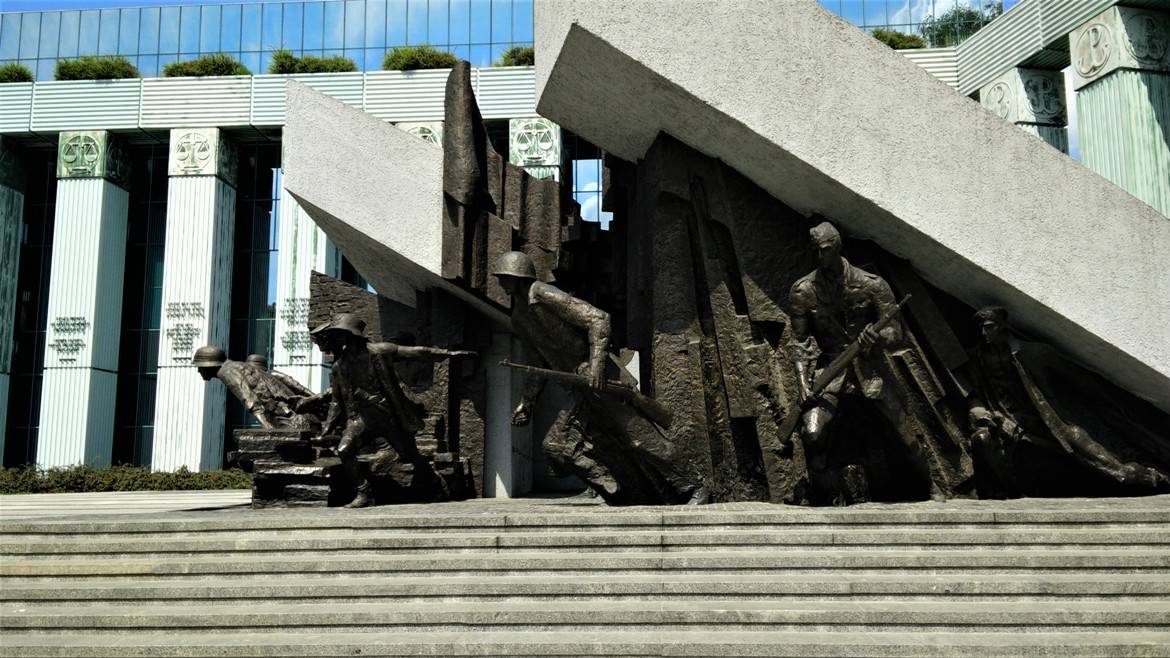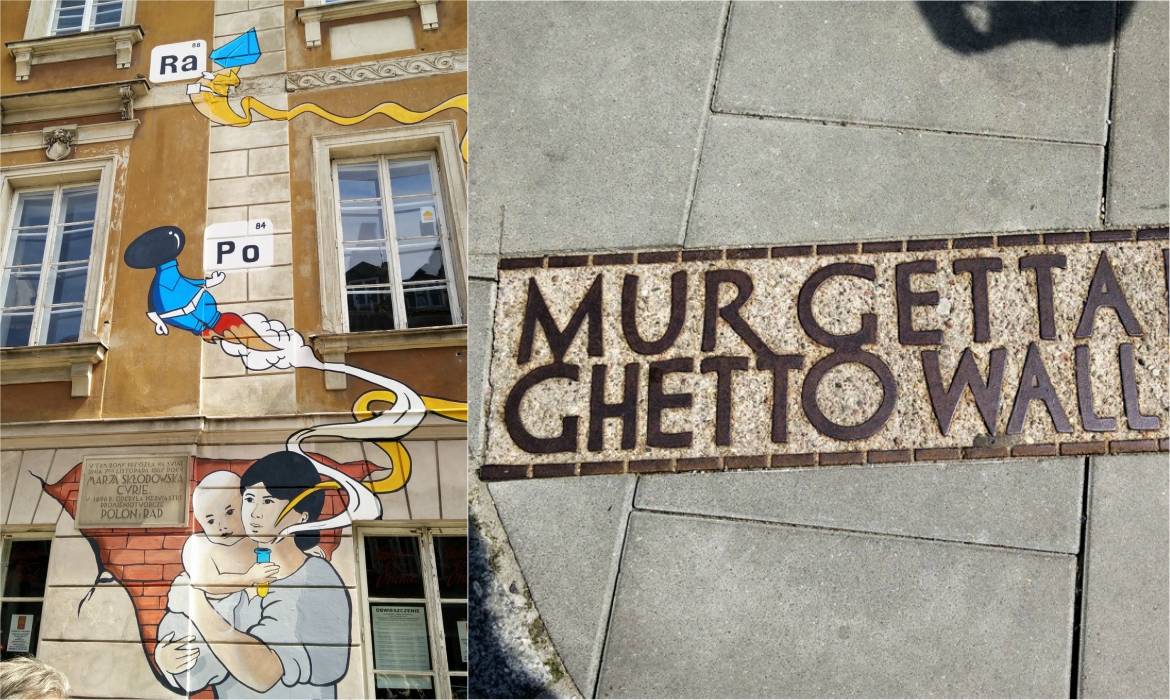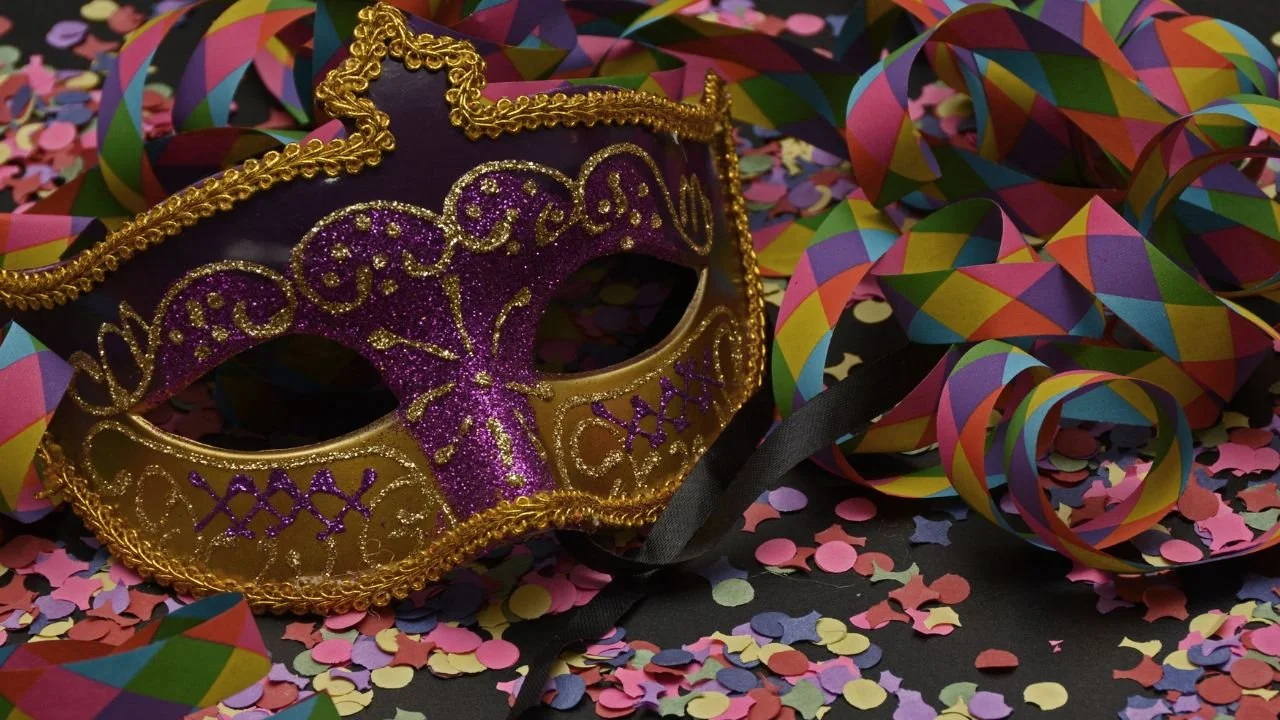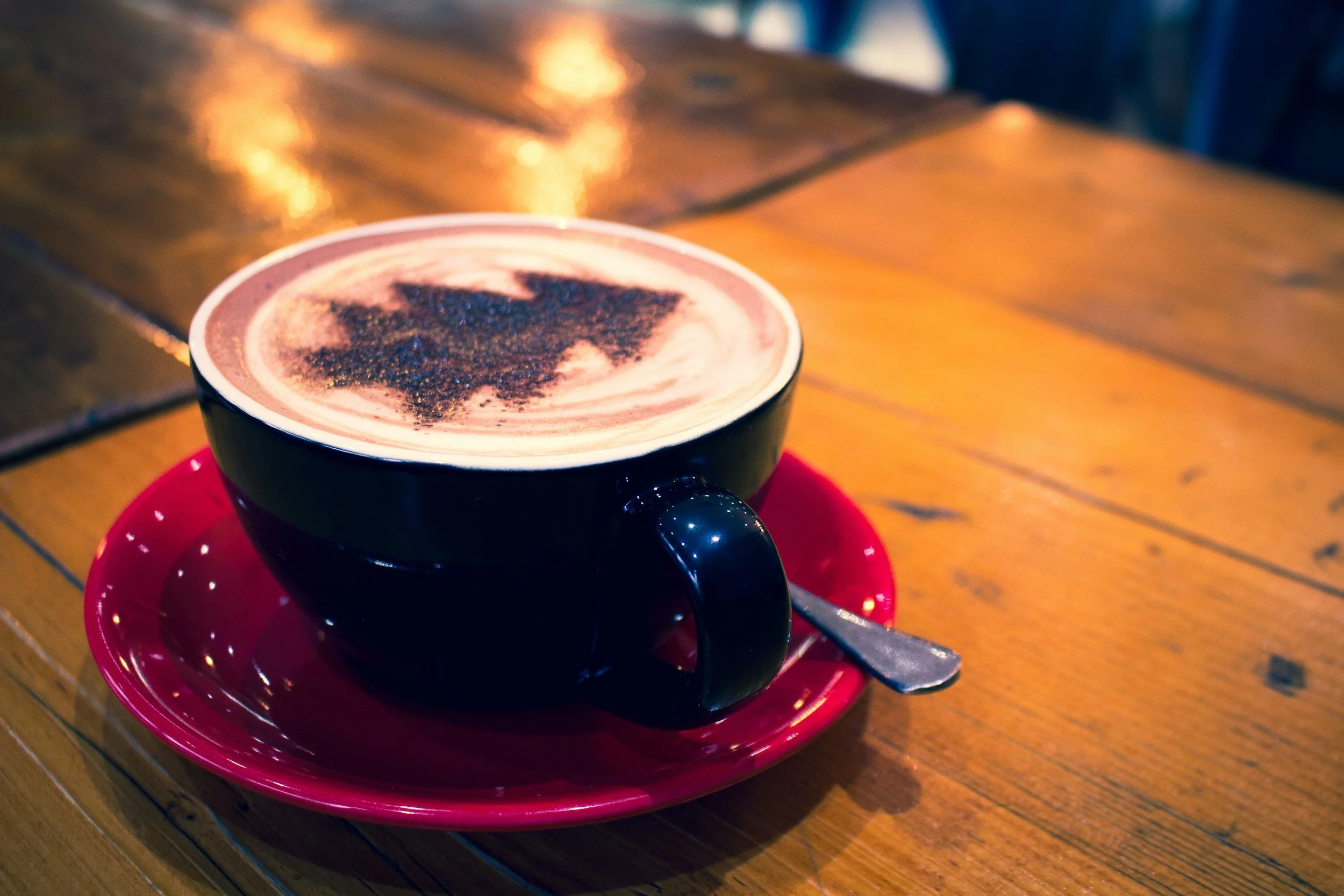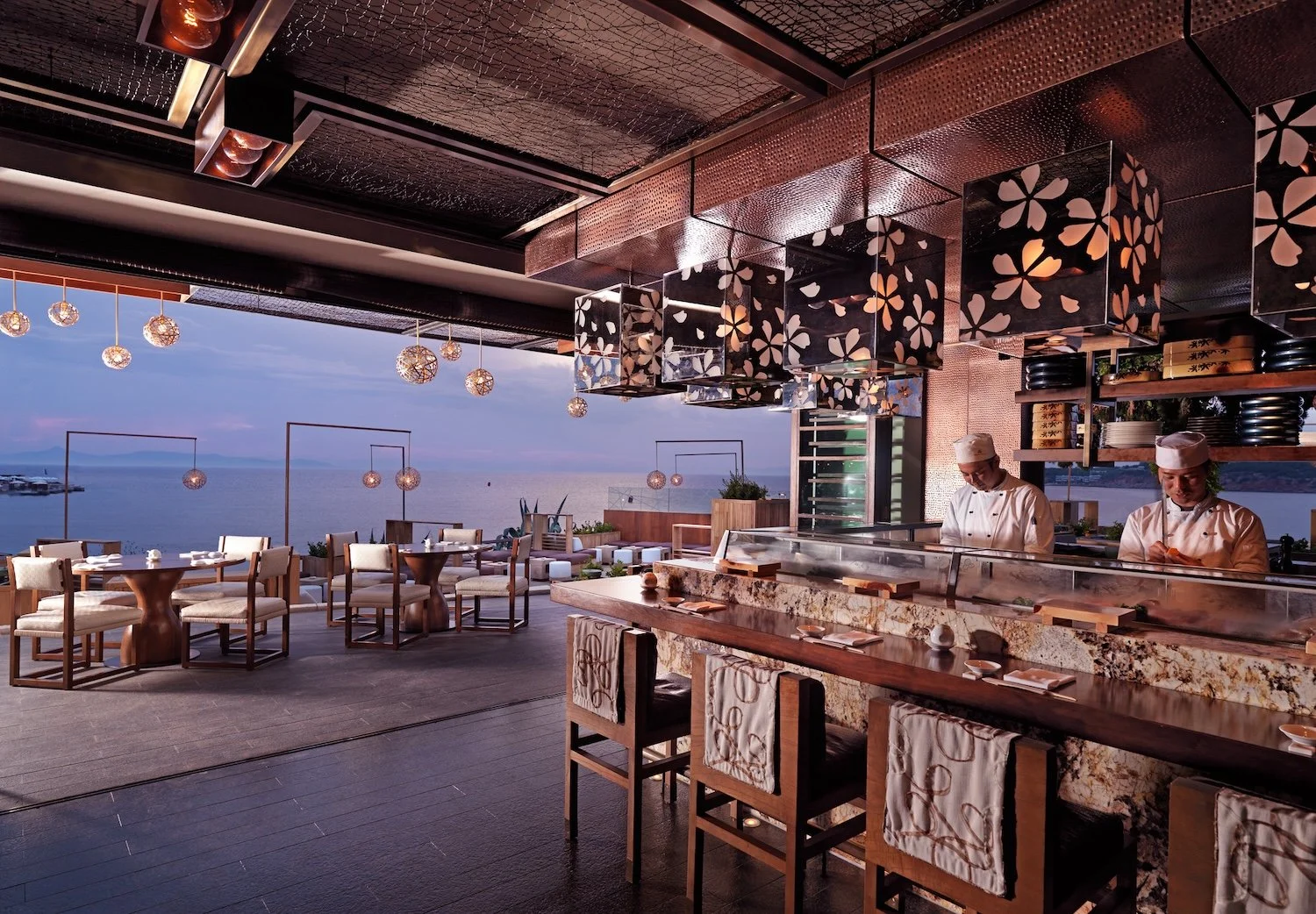Free Walking Tour in Warsaw's old city center!
Warsaw is a city full of history, with a picturesque old town which hides many surprises for the travelers. A walking tour is definitely the best way to explore any city. If it is accompanied by a local guide, then you will get to know more about the culture and the daily life of the whole country. If all of this is free, then it should not be missed! That's why we chose to do the Free Walking Tour in the old town of Warsaw, Poland!
Castle Square
At 10.30 in the morning, the center of the town looked misty and cloudy, but the view of the Sigismund column in the Castle Square of Warsaw was breathtaking. We were waiting for the people to gather around and we set out on time. The square was full of people in the morning, as it is a popular meeting place for locals and tourists as well.
The Royal castle just behind the square is the former official residence of the Polish monarchs. Many details about the history of Poland have been explained by the lovely guide who narrated the whole history of the country starting from the Polish-Lithuanian Commonwealth in the 16th century to World War II and the Holocaust until today.
The Royal Castle was fully reconstructed after the devastation of World War II which caused the destruction of almost 85% of the historic center of the city. The castle, together with the Old Town, was registered as a protected UNESCO World Heritage Site in 1980 and since the last century it has been functioning as a gallery for portraits of the Polish kings and for a collection of 18th-century paintings of Warsaw ordered by Poland’s last king, S.A. Poniatowski.
Old Town Market Square
The colorful buildings and the fascinating architecture wowed us. We believe that this is the most picturesque part of the old town and the one featured in most travelers' pictures! The guide enlightened us on the story of the square dating back to the 13th century where it used to be the center of Warsaw's public life, hosting political speeches and executions.
The Mermaid of Warsaw
In the center of the square, you can see the Mermaid of Warsaw. According to the legend, the mermaid has been swimming in the river when she stopped on a riverbank near the Old Town to rest. Local fishermen noticed that something was creating waves, tangling nets, and releasing their fish. They planned to trap the offender, but fell in love with her upon hearing her singing. Later, a rich merchant trapped the mermaid and imprisoned her. Hearing her cries, the fishermen rescued her, and ever since, the mermaid, armed with a sword and a shield, has been ready to help protect the city and its residents. According to another legend, it is even said that the mermaid of Warsaw is the sister of the Little Mermaid of Copenhagen!
Kanonia square and the narrowest house in Warsaw
In the middle of this small triangular square in Warsaw's old town, there is a huge bronze bell from the 17th century, which has never been hung in any church, but apparently when you circle around it three times, it will bring you good luck!
Kanonia has also the narrowest house in Warsaw. This is a clever trick of the landlord, as in the old times, the amount of land taxes to be paid depended on the width of the external façade of the building. In reality, the building was regular-sized but only its external façade has been extremely narrow!
Another weird thing that we saw during our tour was a monkey statue instead of a gargoyle on top of a building, which has been reconstructed based on the artist’s paintings who clearly did not get along with the house owner!
Monkey statue instead of a gargoyle on top of a building (top right)
Monument of Warsaw Uprising
The monument depicts the insurgents emerging from a structure of jutting pillars, crumbling brick and fallen slabs of heavy stone. It has been built to commemorate the Warsaw Uprising which broke out on August 1st 1944. Insurgents were generally young idealists with no military training. Their ranks included hundreds of children, who served as messengers, while the different insurgent divisions communicated through the city sewers. After the fall of the uprising, the Red Army marched in over the city's rubble and took control. The monument to the uprising was the first monument to be erected in post-communist Poland, unveiled as late as August 1st 1989.
Warsaw Ghetto Boundary Markers
The Warsaw Ghetto boundary markers are memorial plaques and boundary lines that mark the maximum perimeter of the former ghetto established by the Germans in 1940 in occupied Warsaw. In Bonifraterska Street, you can see the ghetto boundary marker down on the ground.
From the Warsaw Ghetto, Jews were deported to Nazi camps and mass-killing centers. In the summer of 1942, at least 254,000 Ghetto residents were sent to the Treblinka extermination camp. The marker is a strong sign of the suffering of the Jews during World War II and it is not to be missed.
Maria Skłodowśka-Curie Museum
Marie Curie is the only woman to be awarded the Nobel Prize twice and the only winner in history to be honored in two different fields of natural sciences: Physics and Chemistry. Her home has been turned into a museum, showcasing authentic tools and objects belonging to Marie Curie. The really cute mural on the building shows little Marie holding a test tube from which emanate the elements she discovered: Polonium and Radium.
Krakowskie Przedmiescie Street
The most elegant wide cobbled pedestrian street with so many architectural gems. One of the monumental buildings on the street is the Presidential Palace, the largest palace in Warsaw with a brilliant white exterior. Later on, you can see the University of Warsaw, with its ornate gates opening onto Krakowskie Przedmiescie, which is the largest and one of the most prestigious in Poland. However, what made us the biggest impression on the street was the Chopin benches which feature a button that when pressed has been designed to unleash a thirty second torrent of Chopin. This was so original!
We got so much useful information from this tour and we ended up knowing so many details about Warsaw’s history, which would normally require days of reading and searching online. We definitely recommend the Free Walking Tour in Warsaw and we can’t wait to participate in more ones in other European capitals!
Have you ever taken part in such a walking tour? What was your impression?
*All photos were captured by Truevoyagers.





